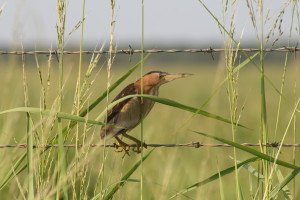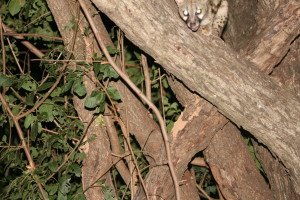SA dig deep to remain in control 0
South Africa had to dig deep into their stores of reserve players and patience, but they still ended the third day of the first Sunfoil Test against the West Indies in firm control at SuperSport Park in Centurion on Friday.
Having ended the West Indies first innings on 201 shortly after tea, they had reduced the tourists to 76 for two in their follow-on by stumps, still trailing by 275 runs.
South Africa captain Hashim Amla may be rueing his decision to enforce the follow-on, however, given the spate of injuries that left him with four substitute fielders and only two pace bowlers.
The hosts began the day two down with Faf du Plessis taken to hospital to have abdominal pains and fever looked at – a conclusive diagnosis is yet to be made according to Dr Mohammed Moosajee, the team manager – and Quinton de Kock rolling his ankle in the warm-up.
Dale Steyn then bowled five balls in the West Indies second innings before leaving the field with “tightness in the groin” and when Vernon Philander exited with a troublesome hamstring, Northerns cricketer Sean Phillips had to come on and join Temba Bavuma and Robin Peterson, with Tshwane University of Technology star Danie Rossouw following on to the big stage soon afterwards. Bowling coach Allan Donald had his whites on for much of the day but unfortunately for the festive crowd, didn’t make an appearance on the field.
“It’s been a challenging day. The guys haven’t played Test cricket for four months and the outfield is unusually thick because of all the rain,” Moosajee explained.
Stiaan van Zyl, who made a memorable debut with the bat, may never bowl as many as 10 overs again in his Test career, doing a tidy job with some medium-pace swing.
Philander bowled three maidens up front before going off, claiming the wicket of Devon Smith for five. The South Africans had initially appealed for lbw, but Smith was given out caught as umpire Aleem Dar spotted a little inside-edge on to the pad and Bavuma was alert at point, rushing in to take the catch.
Kraigg Braithwaite (20) fell just over an hour later, edging a drive at Morne Morkel to second slip where, although Alviro Petersen was not able to take the catch cleanly, he completed a spectacular dismissal by snapping up the rebound inches from the ground as he tumbled over.
South Africa were not able to make any further breakthroughs before stumps as Leon Johnson (33*) and Marlon Samuels (13*) dug in against part-timers Van Zyl and Dean Elgar.
There was no lack of application from the top-order in the West Indies first innings, with the top four all getting past 30, but not being able to push on.
“It was very frustrating for the first four to all get 30s but nobody carried on. It’s something we need to sort out in the second innings. If you’re there for a period of time and you get in and then get yourself out, then it points to a mental lapse,” Johnson admitted.
Some credit, however, must go to the South African bowlers, especially Philander, who finished with four for 29 in 15 excellent overs. His stock delivery seemed to be the one pitching on off stump and darting off the seam, making him extremely difficult to play.
“The pitch is quite slow, so you have to be tight with your lines and lengths. It’s about game plans and staying patient,” Philander said.
Morkel bowled some typically fearsome deliveries on his way to three for 55 in 15.2 overs and his dismissal of Marlon Samuels, jagging a delivery back from around the wicket to bowl him off the inside-edge for 33 was particularly impressive.
There was some controversy as well with Smith (35) and Jermaine Blackwood (12) both falling to contentious decisions by TV umpire Paul Reiffel.
There was definitely some doubt – whatever flimsy spike Snicko showed – that Smith had edged his pull at Philander in the 22nd over and on-field umpire Billy Bowden’s decision should never have been overturned. It was a crucial moment as openers Smith and Braithwaite (34) had drawn the teeth of the fearsome South African pace attack in an opening stand of 72.
Blackwood fell to what turned out to be the catch of the day by Petersen, who dived forward in front of first slip Amla to claim a dipping edge after the batsman had played with soft hands at yet another Philander off-stump special.
Even with the usual problems of camera foreshortening, there seemed a hint of the ball touching the ground just before Petersen could get his fingers underneath it, but the history of Reiffel shooting down West Indians continued.
The ball of the day was Philander’s dismissal of Shivnarine Chanderpaul, the rock of the West Indian batting.
The left-hander had been in for 89 minutes, scoring 21 when he pushed forward to a delivery that pitched on off stump and then moved away, the safe hands of Petersen diving low at second slip ensuring the edge was punished.
The up-and-down nature of the fourth-day pitch and the prospect of a revitalized, rested South African attack means the prospects of the West Indians taking this Test into the final day are obviously not good.



